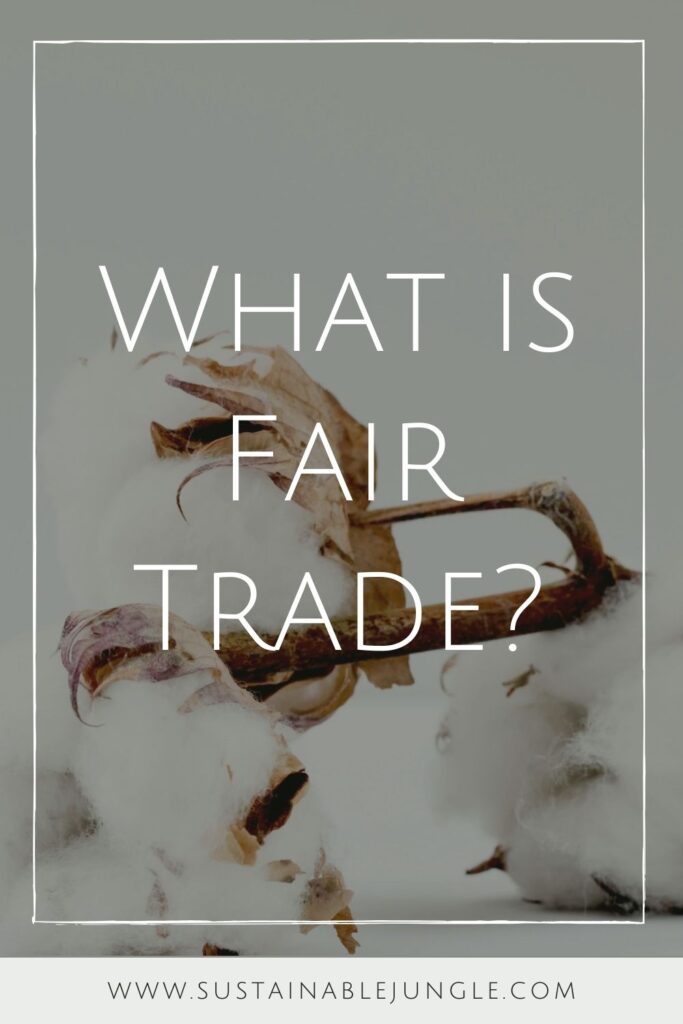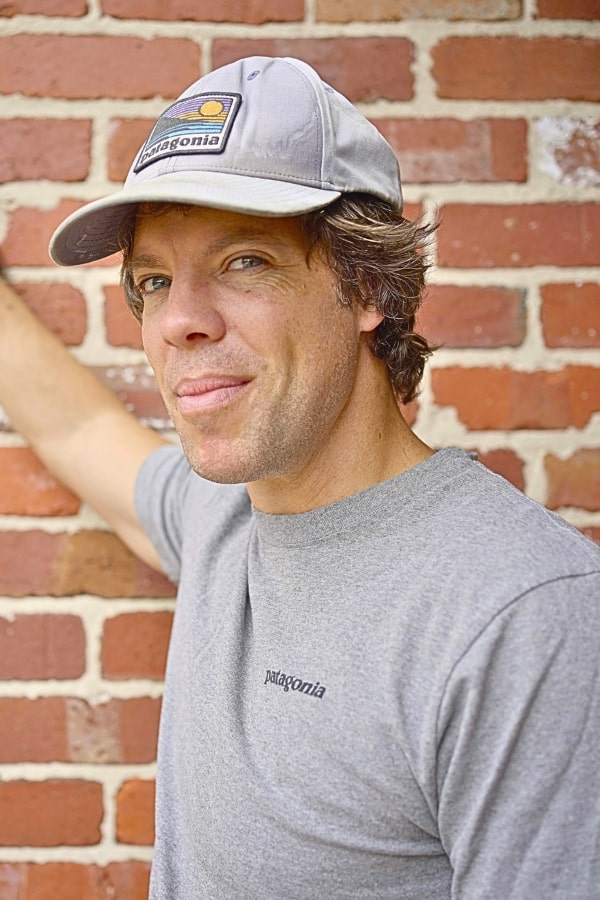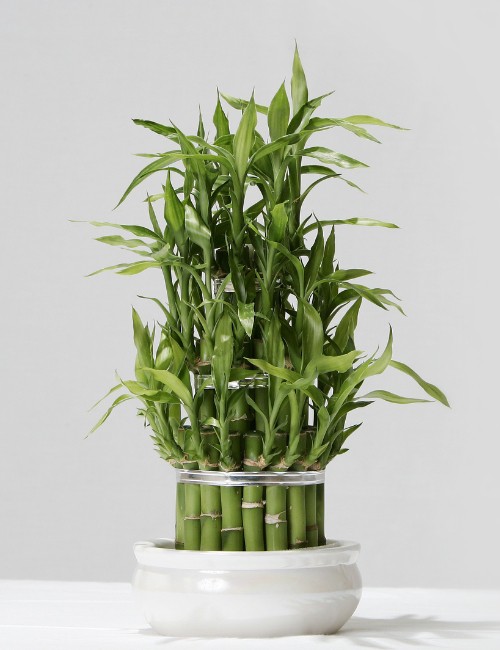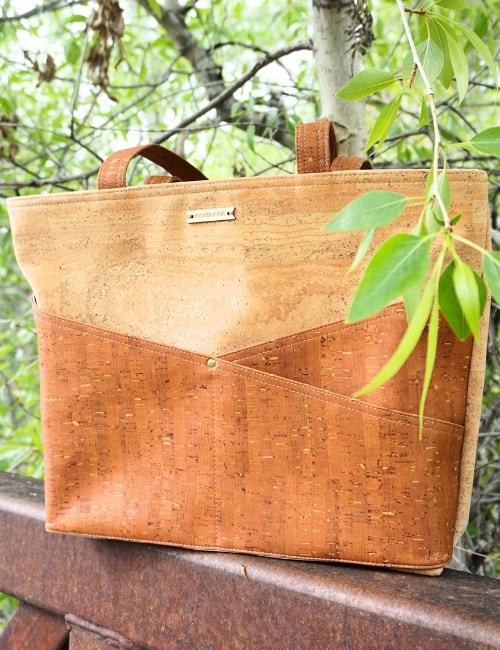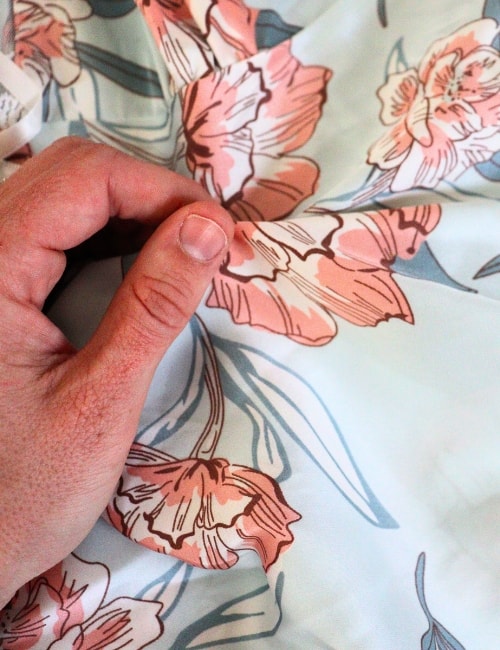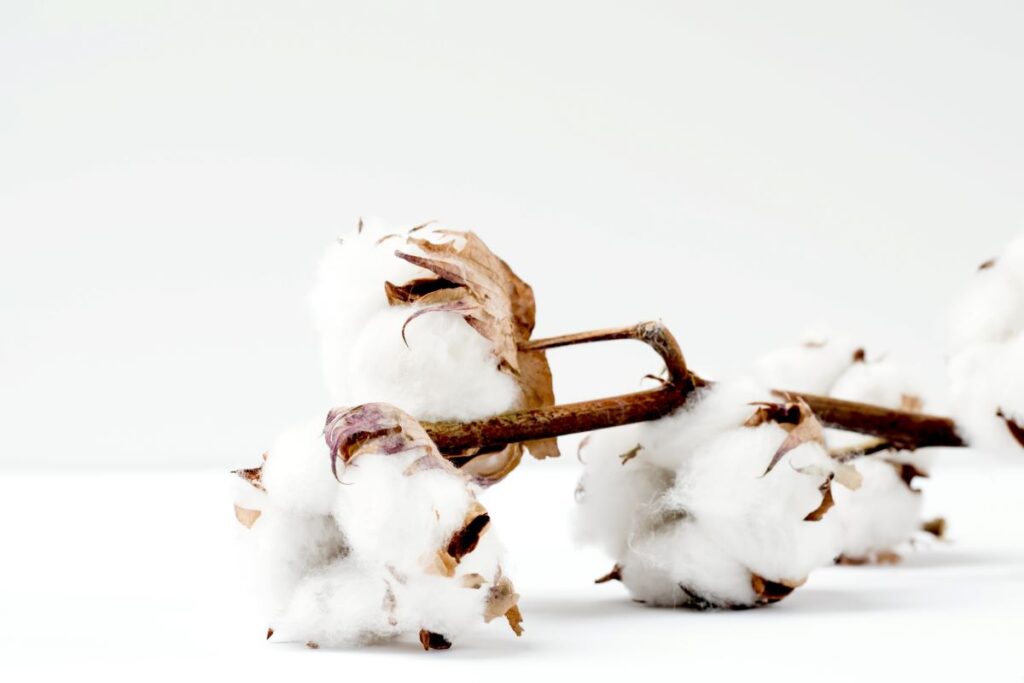
What is Fair Trade? The Ethical Holy Grail?
Fair trade.
Two words that—much like “I do”—make us feel good about committing to a life with something.
In fair trade’s case, that “something” can be sustainable clothing, ethical jewelry, sustainable home decor, coffee, food and more.
Surveys show that in the United States, 76% of shoppers view Fairtrade products more favorably.
If you’re a regular reader of ours, chances are you’re one of those people. But do you have an answer for the question, “What is fair trade?”
There’s a lot to unpack when it comes to fair trade—both good and not-so-good.
We ourselves seek out fair trade products. Take a look at some of our guides to see: fair trade hats, fair trade gifts, fair trade dresses, fair trade sweaters, and fair trade pajamas.
But it’s important to bear in mind that sustainable and ethical fashion can come with a side of greenwashing.
Be aware that with good intentions can come negative concerns—like unfair trading criteria and money diverted from those who truly need it.
Still, fair trade is one of the better ways to shop for brands that protect our planet and the people on it.
Let’s dive into the world of fair trade to see why.
WHAT DOES FAIR TRADE MEAN?
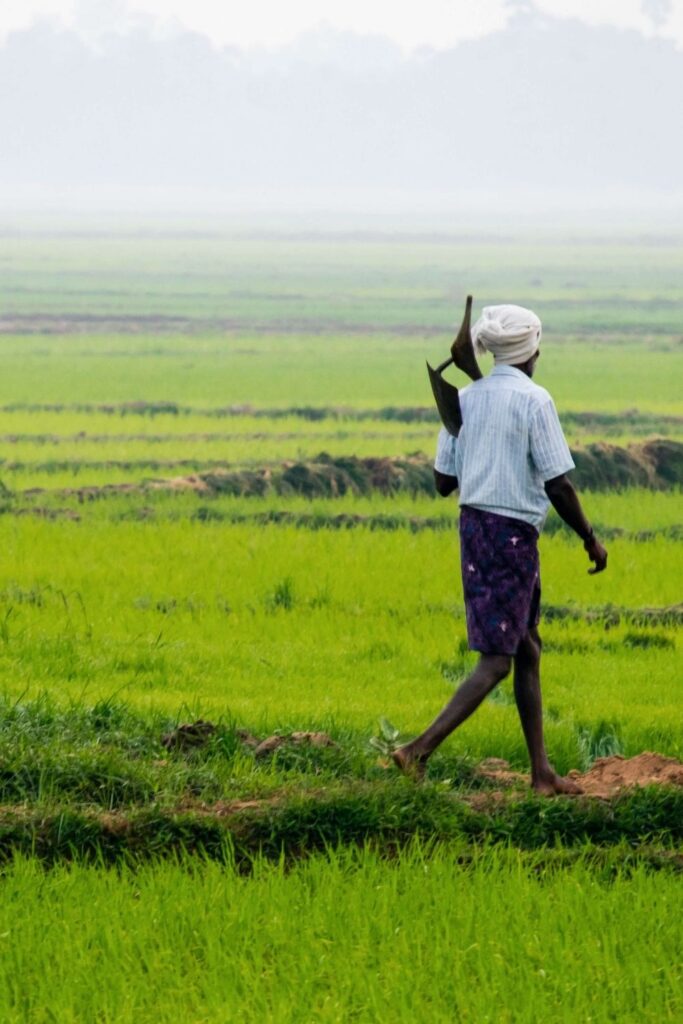
Simply put, fair trade is a way of doing business more fairly.
As defined by Cambridge Dictionary, fair trade is “a way of buying and selling products that makes certain that the people who produce the goods receive a fair price”.
The fair trade movement seems to have roots in the 1950s, when travelers realized that many artisans and farmers around the globe weren’t being paid enough to keep up with the costs of running their businesses.
Typically, people from Europe or the U.S. would buy globally-made products and materials, sell them for higher prices, and provide some of the “artisans and farmers” with extra profits.
But were these profits actually going back to those who needed them?
If our subtle use of quotes didn’t give you a hint, oftentimes no.
That’s when certifying organizations started to appear. And how do you know if a brand is fair trade certified?
Since any fair trade-type certification is expensive and difficult to obtain, they’ll likely tell you!
When in doubt, look for the logos of the following.
Major players in the world of fair trade
- World Fair Trade Organization (WTFO): A democratically-run organization with a Guarantee System to verify only truly Fair Trade shops and social enterprises. They work with 76 countries and 965,700 people in marginalized communities.
- Fairtrade International: Works with more than 1.7 million farmers and workers by providing a Fairtrade minimum price and a Fairtrade Premium (additional funds that go back to the community that can be used for projects of their choice).
- The standard includes economic criteria (pay, long-term partnerships, fair treatment), environmental criteria (agriculturally and ecologically sound practices, water and waste management, prohibited use of hazardous material and GMOs), and social criteria (transparency, non-discrimination, collective bargaining rights, participatory decision-making, prohibited use of forced/child labor).
- Fairtrade America: The U.S. branch of Fairtrade International and the most recognized ethical label in the world. This is the certification used by brands like Ben & Jerry’s and Starbucks.
- Fairtrade Australia New Zealand: Similarly, the Fairtrade International branch in Australia/New Zealand certifies retailers like Woolworths, Coles, Aldi, IGA, Countdown, PaknSave, and New World.
- The Fairtrade Foundation: Fairtrade International’s UK brand. Responsible for a range of 4,500 products, you’ll see their logo on everything from vodka and ice cream to gold and footballs.
- FLOCERT: The global certifier for Fairtrade and one of the most strict. They scour supply chains to look for fair practices and sustainability.
- Fair Trade Certified™ (Fair Trade USA): A different (but still very-recognizable) logo, Fair Trade Certified™ means the improvement of millions of lives in 45 countries. Find the seal on food, clothing, home goods, and health, beauty, and body care products. This is one fair trade body that works with farmers and workers in the Global North to certify entire factories.
- Fair Trade Federation: A non-profit trade association of fair trade enterprises committed to trading partnerships that are sustainable and equitable. Dating back to the late 1970s, this organization helped expand markets for farmers and makers around the globe.
- Fair for Life: A certification program for “responsible supply chains” that support fair pricing, sustainable practices, biodiversity, fair working conditions, and betterment of local impact. It covers more than 700 companies and impacts 235,000 producers.
Certifications help provide consumers with peace of mind—but there’s certainly still room for exploitation.
Considering these certification bodies use slightly different definitions (and the fact that some brands use an unregulated fair trade term with no certification to back it), fair trade can mean a lot.
For the most part, it means—at a minimum—better wages and working conditions for farmers and producers.
WHAT ARE THE BENEFITS OF FAIR TRADE?
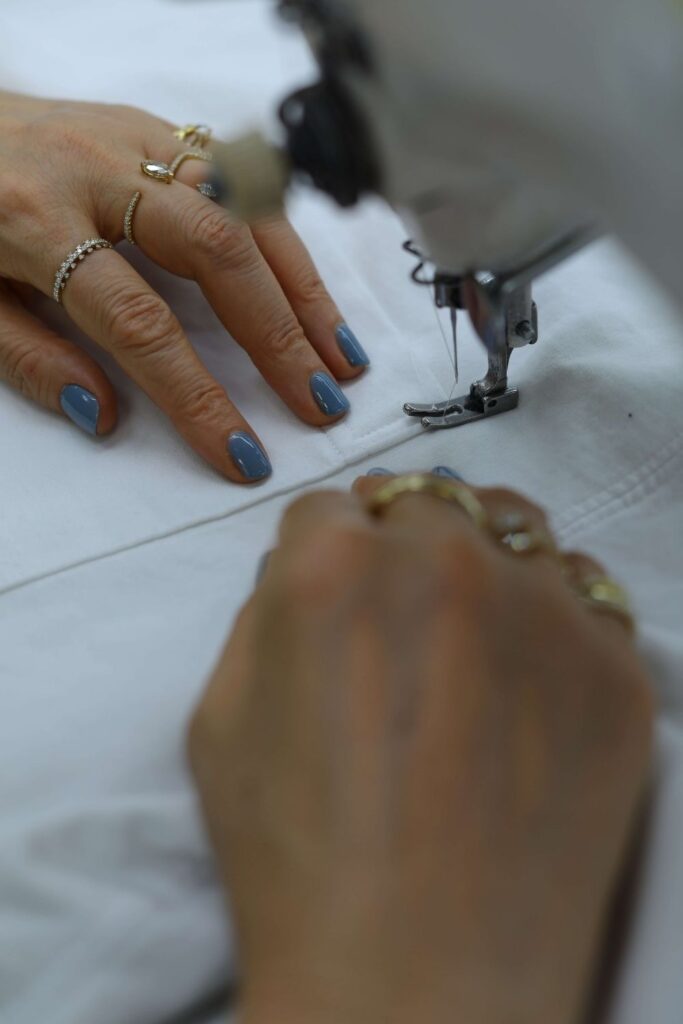
The benefits of fair trade are many.
According to Fairtrade International:
“Fairtrade changes the way trade works through better prices, decent working conditions and a fairer deal for farmers and workers in developing countries.”
They often start with support for farmers and producers in developing countries, but they also benefit those at the other end of the supply chain—by providing consumers with education and assurance that our purchases are making a difference.
Social benefits of certified fair trade products
To start with, farmers and producers in developing countries receive fair prices or better wages.
In the case of farmers, minimum prices are established to cover the price of a crop, even when market prices fluctuate. If there’s a drop in market price for a commodity crop, the farmer will still make enough to cover their basic costs.
Above that, there’s a Fairtrade Premium or the Community Development Fund, which is an additional amount of money managed by the producers themselves and allocated to support local projects.
Oftentimes, these projects enhance access to health care, childcare, cultural celebrations, investments, education, and clean water, to name just a few.
For example, a group of producers in India used the funds to provide all employees with bicycles, which enabled them to get their kids to school, access groceries more easily, and have a quicker commute to work.
When it comes to working conditions themselves, Fairtrade or Fair Trade products are automatically free from supply chains associated with discrimination, child labor, or forced labor.
You can also be sure that work hours are regulated (no forced overtime).
Additionally, fair trade certification empowers workers, farmers, and producers to organize and participate in training and educational opportunities, all while providing them with new market opportunities.
Environmental benefits of certified fair trade products
With fair trade, our planet wins, too.
Fairtrade certification requires that farmers make improvements to their soil and water quality, and manage waste and pests in an ecologically sound manner.
It also prohibits some harmful chemicals (which are dangerous for workers, of course) and requires that producers take steps to protect biodiversity and reduce greenhouse gas emissions.
Fair Trade Certified products are never made with GMOs and many are certified organic.
Additionally, technical support in the form of training and education is provided so producers are more aware of their impact on the planet.
Fair Trade USA specifically incentivizes organic farming through training and higher prices for organic goods.
The Fair Trade USA label is also only granted to those who comply with standards regarding carbon emissions, soil and water, biodiversity, waste, and agrochemicals.
Ultimately, sustainability is dependent on social, economic, and environmental factors.
The biggest benefit of fair trade, as demonstrated by Fairtrade International in this video, is the ability of the movement to satisfy all three.
WHAT ARE THE CRITICISMS OF FAIR TRADE?
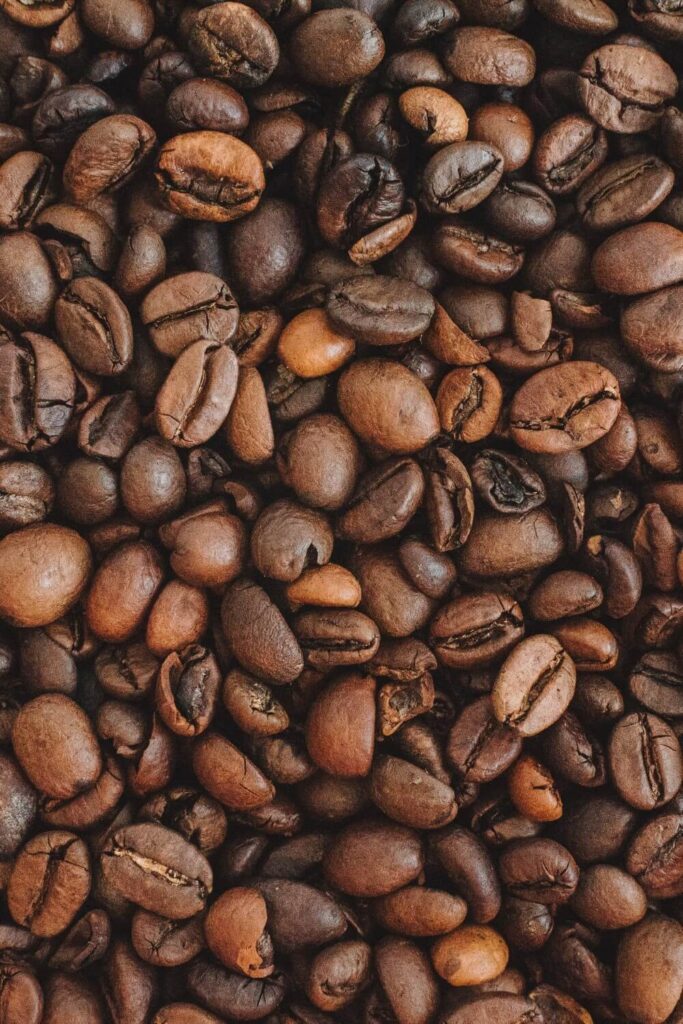
In most cases, fair trade does much more than provide farmers and producers with a fair price.
But in some cases, it doesn’t even satisfy that. Much of this is due to the fact that “fair trade” perhaps isn’t as universal as we may believe.
Other fair trade failures are due to some of the criteria and authenticity of the certifications themselves.
One of the main criticisms of the fair trade movement is that it certifies many companies that simply aren’t ethical.
Questionable “fair trade” companies
Doesn’t it seem slightly out of character for some megacorporations to hop aboard the fair trade chain?
Many experts think so.
Some have dubbed certain schemes and companies as “fairtrade-lite,” drawing attention to the fact that standards have changed to allow companies to sell products made with a just portion of fair trade products—but still bear the logo.
According to The Guardian, “What we’re looking at, in short, is something like a corporate capture of fair trade.”
Unfair pricing
There’s a fine line between competitive prices that get fair trade products into the market and premium prices that truly support the movement’s aim to reduce poverty (but aren’t attractive enough for consumers).
Over the years, standards have fluctuated to keep up with market conditions. Prices have fluctuated, too—especially for commodity crops.
Take, for instance, coffee or cocoa.
If what’s produced can’t be sold, not all of it can be supported with fair trade’s minimum price. Instead, it receives a lower price leading fair-minded consumers to wonder if fair trade is even worth it at all.
While farmers and producers are paid wages to provide them with a safety net that can reduce the impacts of global market price drops, it’s wrong to assume they’re getting living wages.
In many cases, they’re not.
Fair for workers?
Then there are the working conditions to attend to.
In 2014, a damning report came out indicating that “Fairtrade has made no positive difference—relative to other forms of employment in the production of the same crops—to wage workers.”
For smaller producers, fair trade simply provides too many barriers to certification, including certification costs, administration fees, and requirements to be in a cooperative.
Many truly ethical producers are excluded from the fair trade club simply for their size (and more importantly, the size of their bank account)
As a 2018 Forbes article pointed out, craft-based work that takes place at home—mostly by women—isn’t often sought out by fair trade organizations, leaving around 300 million homeworkers out of potentially empowering fair trade partnerships.
Some non-fair trade producers are actually better supported than those with certification.
IF A BRAND IS NOT FAIR TRADE CERTIFIED, DOES THAT MEAN WE SHOULDN’T SUPPORT THEM?
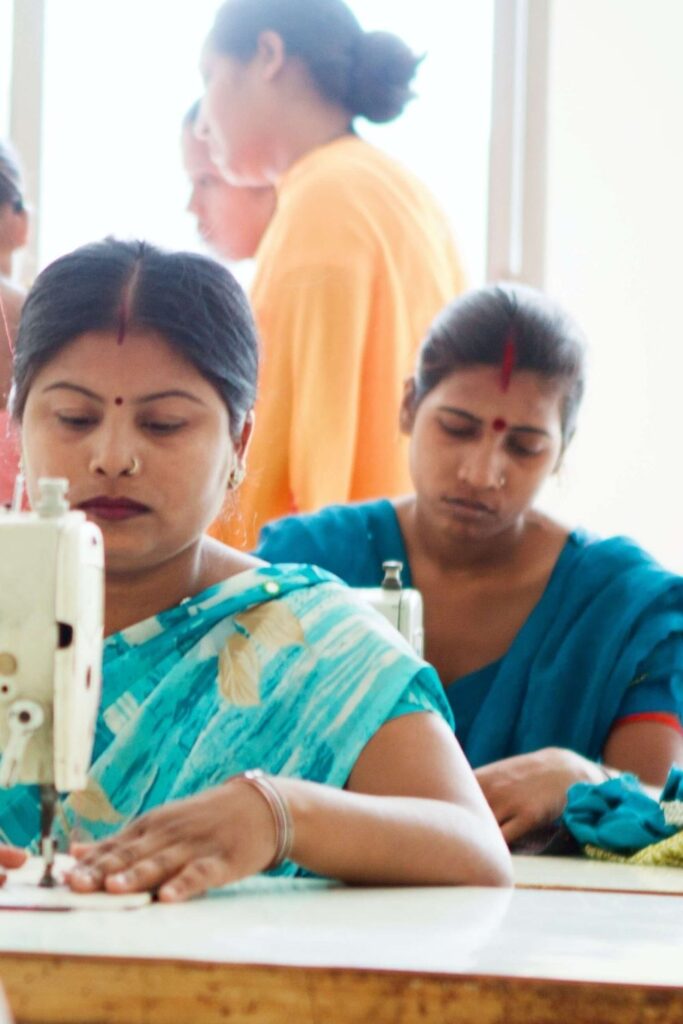
Since being “fair trade certified” doesn’t pull the weight it once did, many brands are switching away from fair trade certification.
Instead, they’re adopting in-house certification schemes.
In some cases, this provides consumers with a more transparent account of how their favorite clothes, makeup, personal care, and food products have been produced. In others, it can be used to better suit a big multinational company’s own needs.
That said, it can be much more difficult to discern if a brand is truly ethical.
Certifications are easy to look for. You’ll see a logo, or the words Fair Trade or Fairtrade (capitalized) and you know third-party audits and regular (typically annual) re-certifications are involved.
Without that convenient little logo, how do you know if their claims of fair trade equivalent practices are legitimate?
Should we simply avoid brands that aren’t certified?
Not at all!
For some companies, certification simply doesn’t make sense. Some online ethical marketplaces have developed their own schemes in order to reach a larger group of artisans.
These can sometimes do better than fair trade to support independent workers in global communities. They may even be superior when it comes to ensuring living wages, too.
But, because everyone and anyone can add the words “fair trade” to a product description or label, you’ll have to put in a little work beyond looking for a logo.
Examine a brand’s website and see that they have transparent supply chain details. Ask where your clothes were made and the good old slow fashion slogan #WhoMadeMyClothes?
For example, one of our favorite brands for sustainable running shoes, Veja, goes into detail about how they source their fair trade rubber and cotton.
You can also look for detailed descriptions about how they support their workers. A brand’s blog can be a good place to find up-to-date info on supply chain developments and new initiatives.
If you still feel more comfortable sticking with truly certified fair trade brands, we’ll let you in on some good ones.
WHICH BRANDS ARE FAIR TRADE CERTIFIED?
Think it’s difficult to purchase fair trade products? Think again.
From organic underwear to ethical sneakers, there’s a lot of fairness going on in the world today.
- Some of the top fair trade fashion brands include Pact, Patagonia, tentree, Outerknown, WVN, and Passion Lilie—to name just a few.
- When it comes to fair trade personal care products, look for brands like Dr. Bronner’s and some of the best ethical beauty brands like Elate Beauty and 100% Pure.
- For home goods, like fair trade blankets, check out Coyuchi and The Citizenry.
- For an ethical marketplace with options from multiple brands, head to Made Trade and EarthHero.
WHY SUPPORT FAIR TRADE?
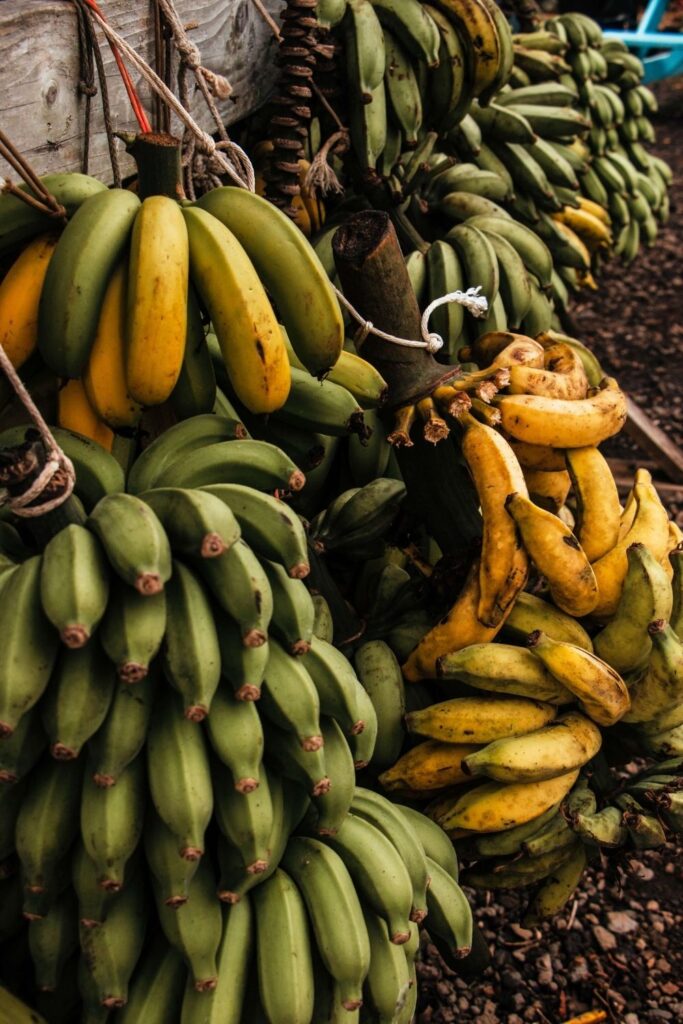
Fair trade is in a period of transition.
Between criticisms and the development of alternative schemes, the entire movement is in a period of upheaval.
Fortunately, this means that fair trade has the potential to become even better.
For instance, Fairtrade International recently launched an effort to provide a close-to-living wage for all Fairtrade banana workers by July 2021.
They’re doing the same with their newly introduced Fairtrade Textile Standard.
This is important because supporting fair trade means supporting the evolution of organizations and systems that are even better for workers around the globe.
When the market for fair trade products grows, it’s able to reach more farmers, producers, workers, and their communities.
FINAL THOUGHTS: WHAT IS FAIR TRADE?
Asking what is fair trade produces an answer that is far more complex than just fair wages.
It’s no secret that the fair trade movement is well-intended and has been a game-changer for many around the world.
Between community funds, sustainable long-term buying partnerships, and education around environmental impact, it’s clear that the past few decades of fair trade have supported people and our planet.
It’s somewhat of a secret that the movement has its drawbacks—which is where you come in.
As the world continues to care more about social and environmental sustainability, we have the potential to get involved in the fair trade movement and make it even better.
Check for logos. Ask #WhoMadeMyClothes. Take some time to read through a brand’s supply chain transparency report.
We can make the world a fairer place, but it requires us to make demands with every purchase. You can put your money where your mouth is by supporting brands that are certified, or have competitive certification schemes of their own.
You can question those that don’t.
Or you can simply pass this article along to anyone confused by the fairtrade conundrum.
